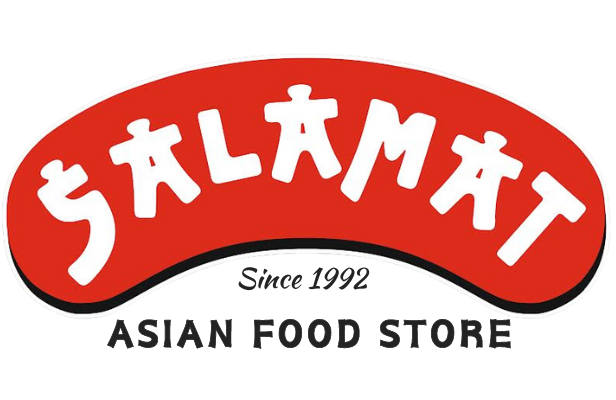Spring Rolls vs. Vietnamese Rolls: What’s the Difference and How to Make Them
-1140x300w.jpg)
Spring Rolls vs. Vietnamese Rolls: What’s the Difference and How to Make Them
Spring rolls and Vietnamese rolls are two beloved dishes that often get confused due to their similar presentation, but they each offer a unique experience in flavor and texture. Both are delicious, fresh, and perfect for a light meal or appetizer, but their preparation and ingredients can vary widely. Here’s a look at both types of rolls and a guide on how to make them at home.
Spring Rolls (Fried or Fresh)
Spring rolls can refer to both the crispy, deep-fried variety commonly found in Chinese cuisine, and the fresh, uncooked rolls popular in other parts of Asia. The fried spring rolls are typically filled with a mix of vegetables, meat, or shrimp, wrapped in a thin pastry, and then fried until golden and crispy. Fresh spring rolls, also known as *summer rolls* or *rice paper rolls*, are a more common version in Vietnam and other Southeast Asian countries. These rolls are made using rice paper and are filled with a variety of fresh ingredients, often including shrimp, fresh vegetables, and herbs.
Vietnamese Rolls (Gỏi Cuốn)
The fresh Vietnamese roll, or *gỏi cuốn*, is perhaps the most famous of all. Unlike their fried cousins, Vietnamese rolls are made using translucent rice paper, giving them a light, fresh appearance. These rolls are packed with fresh herbs, vermicelli rice noodles, shrimp, or sometimes pork, and are served with a flavorful dipping sauce, usually hoisin-peanut or nuoc cham (a sweet-salty fish sauce). The rice paper softens when moistened, making it easy to roll up the ingredients into a tight cylinder.
How to Make Vietnamese Rolls (Gỏi Cuốn)
Ingredients:
- Rice paper
- Cooked shrimp (peeled and deveined)
- Vermicelli rice noodles (cooked)
- Fresh herbs (mint, cilantro, basil)
- Lettuce
- Julienned vegetables (carrot, cucumber)
- Dipping sauce (nuoc cham or hoisin-peanut sauce)
Instructions:
1. Prepare the Ingredients: Cook the shrimp and slice them in half lengthwise. Cook the rice noodles according to package instructions, and set aside to cool. Cut the vegetables into thin strips, and wash and dry the herbs.
2. Soften the Rice Paper: Fill a shallow dish with warm water. Submerge a sheet of rice paper into the water for about 5-10 seconds until it softens but is still slightly firm (it will soften more as you work with it). Carefully remove and place it on a clean surface or damp towel.
3. Assemble the Rolls: On the lower third of the rice paper, layer a few leaves of lettuce, followed by a small handful of noodles, a few pieces of shrimp, some fresh herbs, and a few strips of vegetables. Be careful not to overfill—these rolls are best when they’re compact.
4. Roll It Up: Fold the sides of the rice paper in, then gently roll the bottom over the filling and continue to roll tightly until you reach the top. The rice paper will stick to itself, sealing the roll.
5. Serve: Arrange the rolls on a platter, and serve with a dipping sauce of your choice.
Key Differences Between Spring Rolls and Vietnamese Rolls:
- Rice Paper vs. Pastry Wrapper: While Vietnamese rolls use rice paper, traditional spring rolls often use a wheat-based wrapper (in the fried variety) or are sometimes wrapped in thin rice flour sheets.
- Cooking Method: Vietnamese rolls are typically fresh, not cooked, whereas spring rolls can be fried or served fresh.
- Flavor Profile: Vietnamese rolls are known for their balance of fresh, herbal flavors, while spring rolls may be more savory or spicy depending on the filling and sauce.
Both rolls are incredibly versatile and can be filled with a variety of meats, seafood, or vegetables, making them easy to customize based on your preferences. Whether you’re craving the fresh crunch of a Vietnamese *gỏi cuốn* or the crispy indulgence of fried spring rolls, both offer a satisfying and healthy bite.
